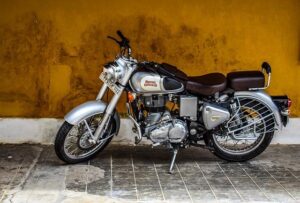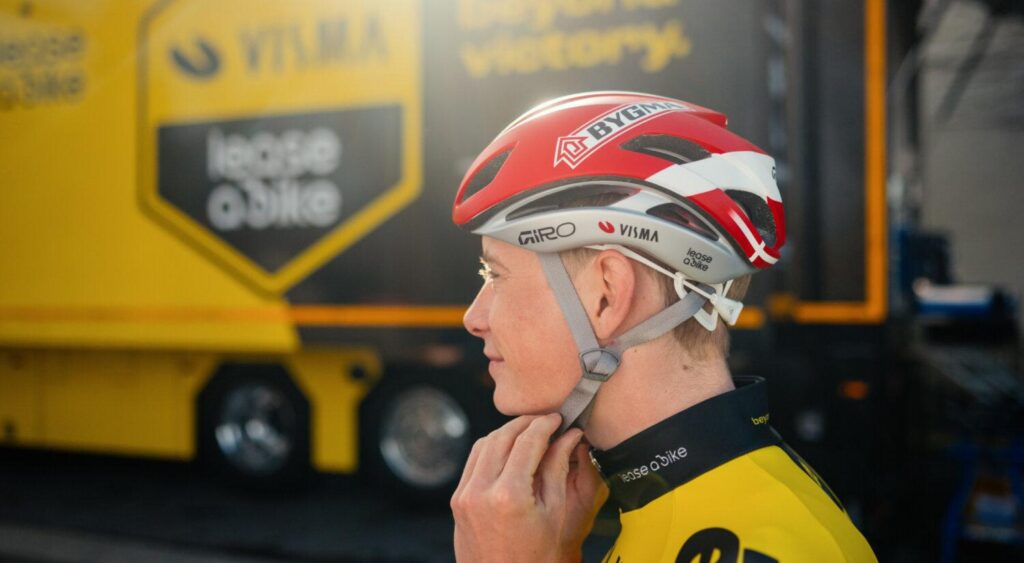Why is Jonas Vingegaard the Only Rider on His Team to Wear a Red Helmet at the Tour de France?
In the world of professional cycling, every detail counts-from bike specifications to jersey colors. Yet, at this year’s Tour de France, one aspect has captured the attention of fans and analysts alike: Jonas Vingegaard’s distinctive red helmet. As the lone rider on his team to don this striking headgear, the question arises: what is the significance behind Vingegaard’s choice? This article delves into the reasoning behind this unique decision, exploring its impact on team identification, personal branding, and the psychological edge it may provide in the high-stakes environment of one of cycling’s most grueling competitions. Join us as we unravel the layers of this intriguing story at the heart of the peloton.
The Significance of the Red Helmet: A Symbol of Leadership and Distinction in Team Dynamics
The distinctiveness of Jonas Vingegaard’s red helmet at the Tour de France goes beyond mere aesthetics; it serves as a powerful emblem of leadership and recognition within the team dynamic. As the reigning champion, Vingegaard’s unique headgear not only sets him apart visually but also underscores his pivotal role as the team’s leader. While teammates don matching helmets, his red symbolizes his status and fosters a sense of unity among the group. This striking contrast provides a clear visual cue for spectators and competitors alike, reinforcing the notion that he is the one leading the charge.
Moreover, the red helmet is a reminder of the responsibilities that come with leadership in such a high-stakes environment. It signifies not just victory but also the weight of expectations that falls on the shoulders of a team captain. Within the context of cycling, where every decision can influence outcomes in real time, Vingegaard’s helmet becomes a beacon of inspiration. It encourages collaboration and determination among his teammates, galvanizing their collective efforts to achieve shared goals throughout the grueling stages of the Tour. Such a visual identifier serves to enhance team cohesion, reminding each member of their mission and the leader they are following.
Understanding Team Strategy: How Jonas Vingegaard’s Unique Headgear Reflects Tactical Decisions
In the high-stakes environment of the Tour de France, every detail can influence the outcome, including the choice of a rider’s headgear. Jonas Vingegaard stands out not only for his climbing prowess and racing strategy but also for his distinctive red helmet, a decision not just driven by aesthetics but by clear tactical reasoning. His unique headgear is designed to enhance visibility, allowing team members, staff, and fans to easily identify him amidst the throngs of riders on challenging stages. This added visibility reinforces team cohesiveness and strategy, particularly during crucial moments when Vingegaard is expected to push the pace or initiate attacks.
Furthermore, the color red traditionally signifies leadership and strength, sending a psychological signal to competitors. Key tactical advantages of Vingegaard’s helmet choice include:
- Enhanced Team Recognition: Facilitates team coordination during chaotic race situations.
- Visual Motivation: Motivates teammates and instills confidence in supporters.
- Psychological Edge: Creates a branding identity that can intimidate adversaries.
The decision reflects a broader strategy within his team, emphasizing not just individual performance but the importance of collective identity in achieving victory at the highest level of cycling.
Behind the Scenes: The Impact of Individual Branding in Professional Cycling at the Tour de France
In the highly competitive world of professional cycling, individual branding has become a pivotal element, and nowhere is this more evident than during the Tour de France. Jonas Vingegaard, the standout rider for Jumbo-Visma, has embraced a unique marketing strategy by opting for a distinctive red helmet, setting him apart from his teammates. This move is not merely aesthetic; it reflects a deliberate effort to enhance his personal brand while maintaining team cohesion. Vingegaard’s choice amplifies his visibility in the peloton, ensuring he captures the attention of fans, sponsors, and the media alike.
The impact of individual branding in cycling can be dissected into several key factors:
- Recognition: Unique gear makes it easier for fans and commentators to identify Vingegaard during races.
- Sponsorship Appeal: A standout image can attract potential sponsors, amplifying earnings beyond team contracts.
- Team Dynamics: While individual branding is important, Vingegaard’s distinctive red helmet promotes team unity, demonstrating that the rider is still part of a collaborative effort.
Moreover, the success of this strategy is evident in Vingegaard’s rising popularity, reflected in social media engagement and merchandise sales. By carefully curating his public persona, he not only boosts his profile but also enhances the overall image of Jumbo-Visma, leading to a shared advantage in the lucrative world of cycling sponsorships.
In Summary
In conclusion, Jonas Vingegaard stands out not just for his exceptional cycling prowess but also for the unique symbolism embodied by his red helmet at the Tour de France. While other team members don standard helmets, Vingegaard’s distinctive headgear underscores his status as a leader and a key contender in the race. This strategic choice reflects a broader trend in cycling where individual identity often merges with team dynamics, creating a visual narrative that resonates with fans and reinforces the athlete’s position. As Vingegaard continues to navigate the challenges of the Tour, his red helmet will undoubtedly remain a potent symbol of focus, ambition, and the pursuit of greatness in one of the sport’s most prestigious competitions. As the event unfolds, cycling enthusiasts and analysts alike will be watching closely to see how this visual distinction plays into Vingegaard’s performance and the overall strategy of his team.











